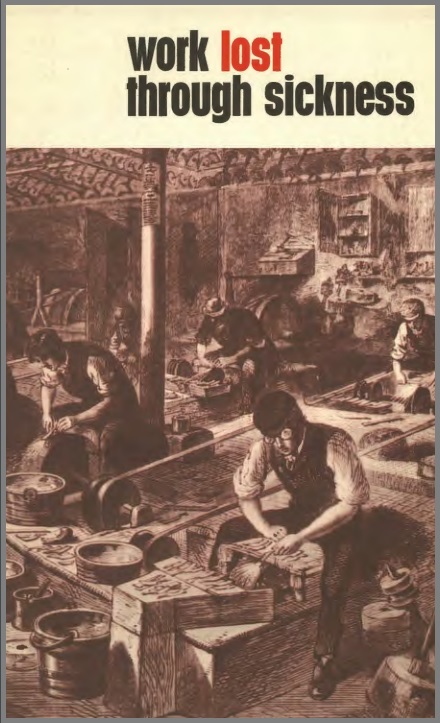In Great Britain during 1963, over 9¼m. new claims for sickness benefits were registered with the Ministry of Pensions and National Insurance. A total of nearly…
In Great Britain during 1963, over 9¼m. new claims for sickness benefits were registered with the Ministry of Pensions and National Insurance. A total of nearly 300m. working days were lost during the year from June, 1962 in certified spells of sickness absence.…
In Great Britain during 1963, over 9¼m. new claims for sickness benefits were registered with the Ministry of Pensions and National Insurance. A total of nearly 300m. working days were lost during the year from June, 1962 in certified spells of sickness absence. This represents an average of 14 working days lost for each person covered by the insurance scheme. The amount paid in sickness benefits during 1962/63 exceeded £160m., a sum equivalent to approximately one-sixth of the total expenditure on the National Health Service.
This paper examines the trends in sickness absence. It deals only with spells off work through sickness for which a claim, accompanied by a doctor’s certificate, is made. These certified sickness spells cover the bulk of total sickness in the insured working population.
The amount of certified sickness absence, or the rates of sickness absence per 1,000 insured, are affected by many factors which can act upon each other and which are subject to change over time. The important factors include the age and sex structure of the insured population, their social responsibilities such as their marital and employment status, the advent of epidemics and changes in the general pattern of morbidity and mortality.
Other factors which are also important in setting the pattern of sickness absence include the weather, the relative size of firms, the payment of sickness benefit, the general state of the economy and even the day of the week on which sickness starts.
